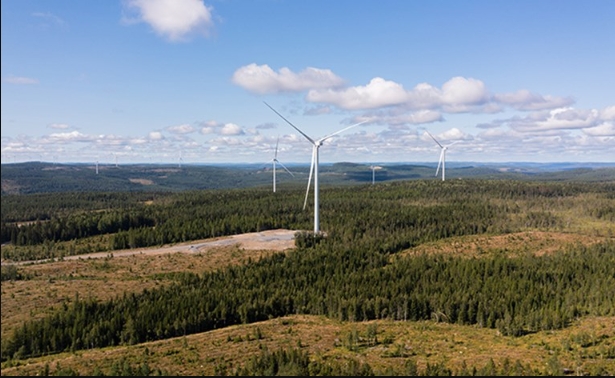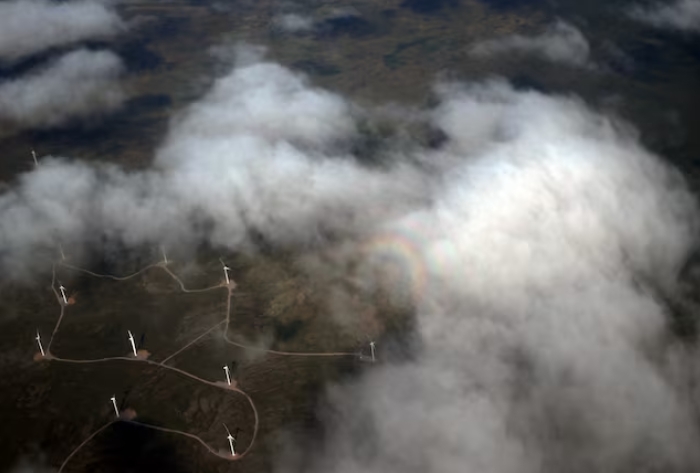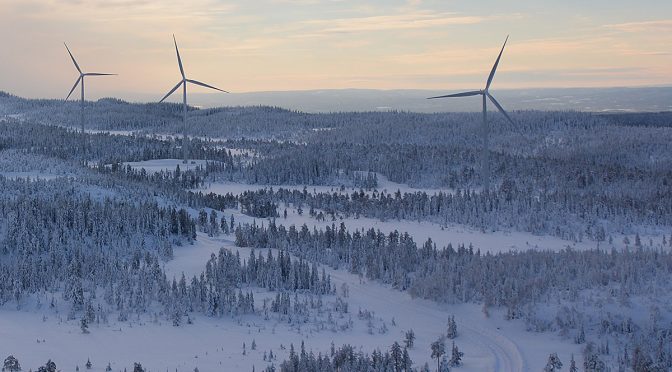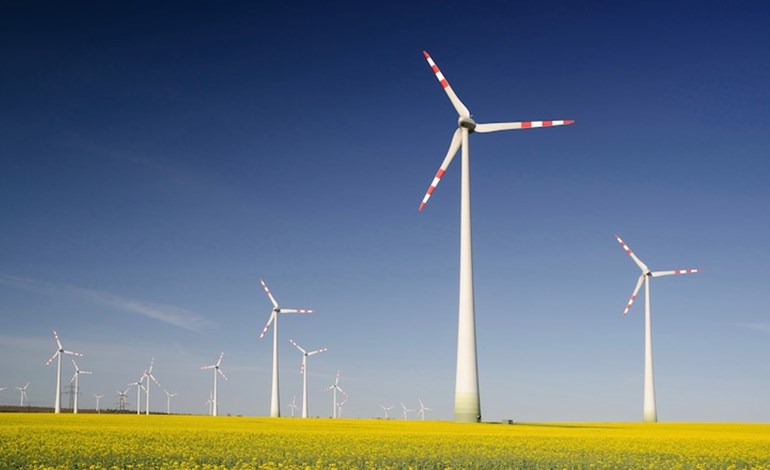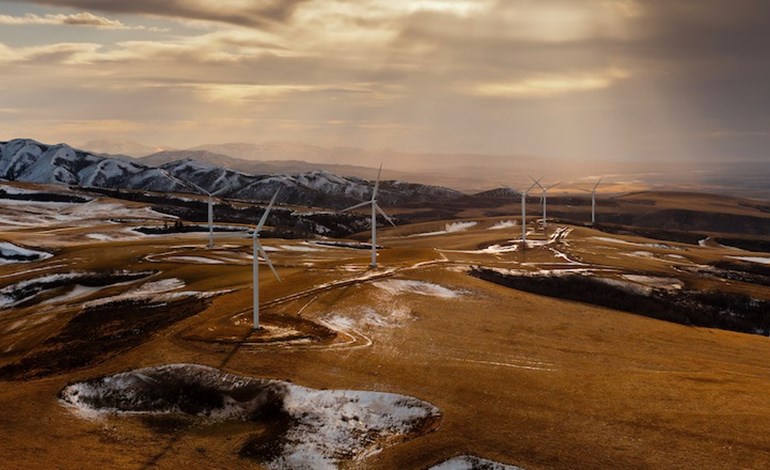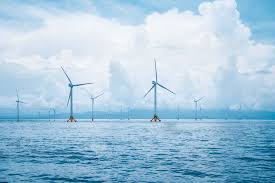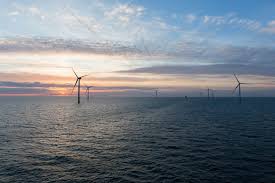 Amazon Wind Farm Texas (JORDAN STEAD / Amazon)
Amazon Wind Farm Texas (JORDAN STEAD / Amazon)
Amazon is adding 37 renewable energy projects totaling 3.5 GW of capacity to its global portfolio, the company announced.
Amazon was already the top corporate buyer of renewable energy according to the Clean Energy Buyers Alliance. In 2021, the company procured 2.85 GW of renewable energy, topping Meta, Verizon, Google, and Microsoft.
The projects will support Amazon's goal of powering all of its operations with renewable energy by 2030, a milestone the company said it expects to reach by 2025. Amazon's renewable energy portfolio is on track grow from 12.2 GW to 15.7 GW with the recently announced projects.
Amazon said it also would prioritize energy storage as part of its strategy. One of the projects announced on April 20 includes a 300 MW solar farm paired with a 150 MW battery storage system in Arizona. Another project in California pairs a 150 MW solar farm with a 75 MW battery storage system.
Amazon did not specify the energy capacity of the battery storage systems, but said its total power capacity is now 445 MW. Most gird-scale lithium-ion battery storage systems can discharge at full capacity for 2-4 hours.
Amazon now boasts 310 wind and solar projects across 19 countries.
"We aren’t slowing our renewable investments down,” Amazon CEO Andy Jassy said in a statement.
Of the 37 new renewable energy projects, 23 are in the U.S., including what Amazon saiid it its single largest procurement ever. The 500 MW "Amazon Solar Farm Texas - Frye" in North Texas is expected to be operational in 2023.
Amazon is also adding eight rooftop solar projects around the world. The company added its first rooftop solar project in the United Arab Emirates, which is a 2.7 MW installation in Dubai. Seven other rooftop solar projects have also been added in Australia, Canada, India, and Japan totaling over 5 MW of solar capacity.

Amazon's procurement announcement comes as contracts for renewable energy have reached high levels. A growing imbalance between power purchase agreement supply and demand, along with “skyrocketing” development costs, lifted PPA prices 9.7% during the first quarter of 2022 to nearly $40 per MWh, according to LevelTen’s Q1 PPA Price Index report.
The firm said that year-over-year, that represents a 28.5% increase, which it called “astounding.”
The firm said, however, that large energy buyers don’t appear to be deterred by the rising prices and continue to pursue PPAs, which it said are delivering higher value as wholesale electricity prices also rise.
In January, Level10 reported that PPA prices rose by 5.9% from 2021 Q3 to 2021 Q4, continuing a year-long upward trend. The market average for solar PPA offers rose 5.7% in the fourth quarter to $34.25 per MWh, while wind was up 6.1% to $38.36 per MWh.
In releasing its most recent quarterly report, the firm said that North American renewable energy developers “are struggling” to build solar and wind projects fast enough to keep up with demand because of the “extremely difficult development landscape” this quarter. Market conditions are leading to a shortage of power purchase agreements for corporations and other large energy buyers.
Many developers rely on PPAs with corporations and other large-scale energy buyers to secure the financing required to construct solar and wind projects. Cost models used to price PPAs are becoming increasingly unwieldy as regulatory, interconnection, and supply chain challenges make it difficult to pin down costs and construction timelines, the firm said.
Gia Clark, senior director of Developer Services at LevelTen Energy, said in a statement, “as long as these myriad headwinds persist, we can expect elevated PPA prices across North America.”
Supply chain issues have also taken a toll on developers in terms of rising costs and shipment delays. A LevelTen survey of 57 developers found that 40% said they were able to find new suppliers that can more reliably deliver components. However, 28% were unable to make changes to supply chain operations despite wanting to do so.
Renewable energy project developers are also facing hurdles to development as a result of regional and federal regulatory activities that have generated uncertainty in places where PPAs are in high demand, including ERCOT and PJM.
The firm also said that U.S. Department of Commerce’s recent announcement of potential new tariffs on solar cells imported from four southeast Asian countries could set developers back on the supply chain improvements they’ve been able to make.
“We are disappointed by the Department of Commerce’s decision to investigate the Auxin petition, which is already creating significant – potentially long-term – negative impacts on the renewable energy industry,” said Rob Collier, VP of Energy Marketplace at LevelTen Energy. He said that Auxin’s petition bottlenecks renewable development and slows momentum to add more carbon-free energy resources to the grid.
